The Shut Up & Write! Critique List
- Action. Is there enough of it to keep you interested? Is it presented vividly? Does any of it feel as if it was inserted to meet a quota of chase or bedroom scenes?
- Author. Are there places where you can "hear" the author's voice behind the words, explaining too much or promoting her agenda?
- Characters. Can you identify the character's desire? Is the narrative drive—the combination of desire and difficulties—sufficient to hold your interest? Does the character speak and act in character? Can you see a little bit of yourself or someone you know in each character?
- Clarity. Can you understand "who's on first" and what's going on? Is the language clear, or did you get lost some of the time?
- Clichés. Do you hear phrases that are too familiar? To spot clichés, look for phrases that fall out of your mouth automatically. "Her mind was spinning." "His heart stopped." "At this point in time." "It goes without saying."
- Conflict. Are there enough difficulties to challenge the characters and the reader?
- Dialogue. Does the dialogue sound real? Does each phrase move the story, or are there filler phrases that really don't add anything, such as "Oh, really?" or "Is that right?"
- Ending. Is the ending satisfactory? Does it make sense in light of the story?
- Facts. Do the facts ring true? If fiction, is it believable? If nonfiction, are sources noted?
- Interest. Does the piece hold your interest? Does it slow down anywhere, or move too quickly? Are the characters engaging? Is there enough tension? Mystery?
- Lead. Is it effective? Does it set the scene and make you want to keep reading?
- Logic. Does the action occur in a logical sequence? Are characters, settings, situations presented in an order the reader can follow: near to far, low to high, now to then?
- Market. If the writer mentioned a target market, does the piece address that audience? Are the language, the story, and the tone appropriate?
- Pacing. Does the story move at a pace that appeals to you? Did you feel rushed at times, or impatient?
- Passive versus Active Voice. Is the active voice used most of the time? "The room was filled with fire" is passive. It "tells." "Flames licked the ceiling" is active. It "shows."
- Plot. Does one thing lead logically to the next? Is there enough conflict to hold a reader's interest? Do things happen that seem too convenient, too improbable?
- Point of View. Does the point of view stay steady, or does it wobble? If the point of view changes, does it do so at appropriate places? Is the reader alerted to the change? Does the narrator dip into the minds of too many characters, too quickly?
- Rhythm. Does the language have a beat that flows with the story? Do the words, phrases, and paragraphs create a rhythm that suits the action?
- Scenes. Do they feel real and vivid? Do you feel the tension, the heat, the cold, the characters, and the action?
- Sensory Detail. Is there enough sensory detail to make the characters and settings come alive? Can you see, hear, feel, taste, and smell the people and places?
- Setting. Is each setting vivid enough for you to see, hear, feel, taste, and smell? When the characters are in that space, do you feel as if you are there with them?
- Tell. Does the author "tell" things you wish she would "show?"
- Title. Is the title appealing? Does it make you want to read the story? Does it hold up once you have read it?
- Tone. Does the choice of language complement the mood of the piece?











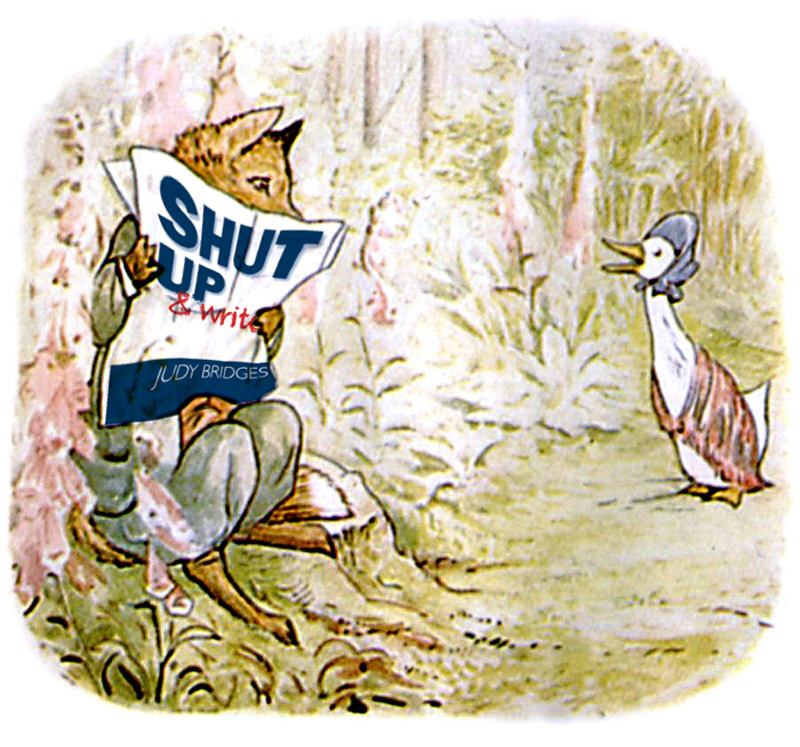
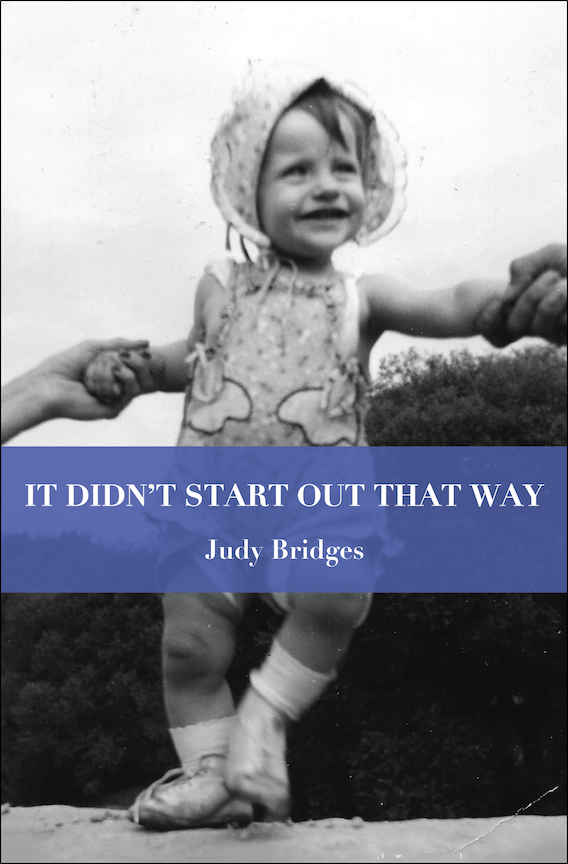

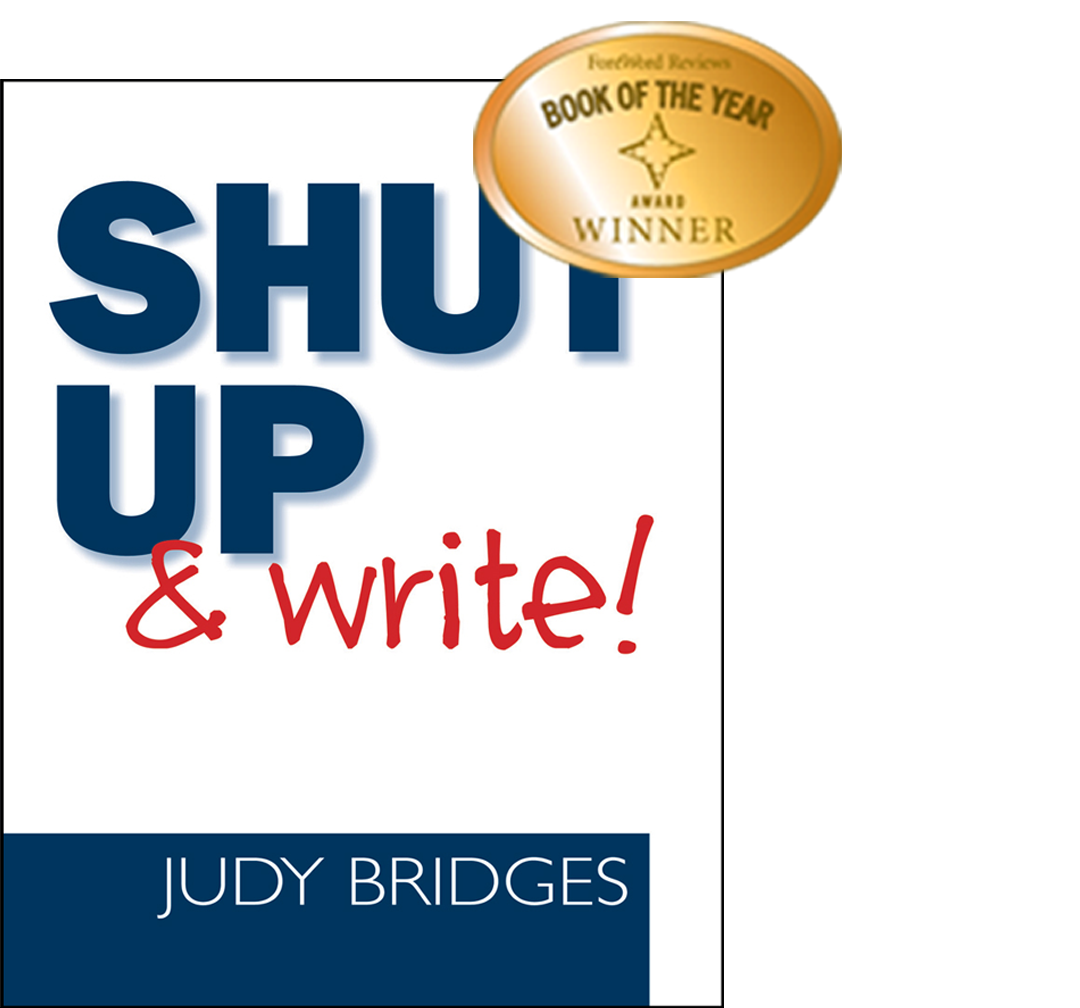

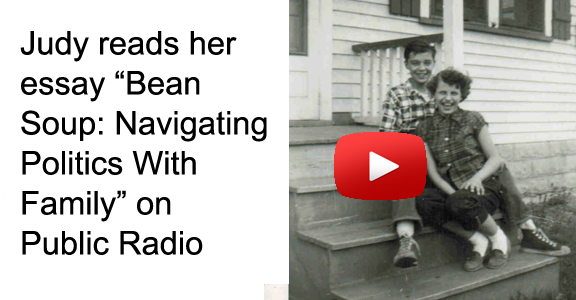
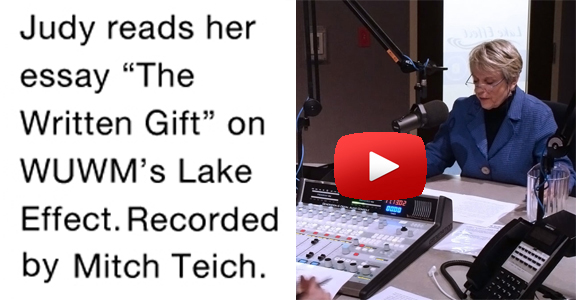

 Printable PDF
Printable PDF Critique List
Critique List